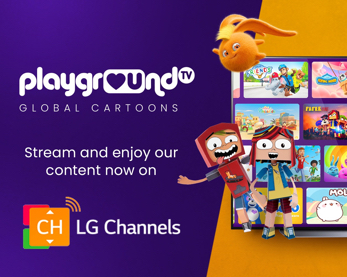Free Ad Supported TV (FAST) services—which include Pluto TV, Samsung TV Plus, The Roku Channel and many more—are the fastest growing Connected TV (CTV) video platforms.
FASTs are characterized by being (primarily) free to watch and advertising-supported, and providing both linear channels and on-demand programming in a single experience. For TV manufacturers they represent a new class of ”in the glass” or ”app-less” CTV experiences, where the services are directly integrated into the core of the SmartTV user interface.
Scale and Adoption
The FAST audience — while still smaller than the global SVOD players — is growing incredibly quickly. Multiple FAST platforms are now bigger in audience than all cable and satellite TV platforms in the U.S. For many viewers, FASTs are a replacement to traditional (linear) TV, and as a consequence the platforms are seeing rapid adoption and very long session times, already approaching those of TV.
FAST services are free to watch, they don’t require any dedicated hardware or complex setup, and they’re rapidly becoming as comprehensive as traditional pay TV services in terms of content selection. For millions of people, they’ve already become the first viable alternative to the linear component of pay TV, with hundreds of free-to-watch always-on channels, eliminating one of the few remaining barriers to cutting the cord. Viewers can also easily use more than one FAST service — something that couldn’t happen with cable TV — mixing and matching content to give themselves access to many hundreds of channels.
The decline of traditional pay TV has often been attributed to what was considered the anachronistic and flawed experience of watching traditional linear or scheduled TV. But it turned out that viewers do actually like the ”always on” experience of traditional linear TV, which the FAST platforms replicated. They like being able to tune into something that’s already on, something that feels like it’s been curated for them, and that they could navigate through with no more than a two-button up-down channel changer. They just didn’t want to pay two thousand dollars a year for it.
Read more on streamingmedia.com.

